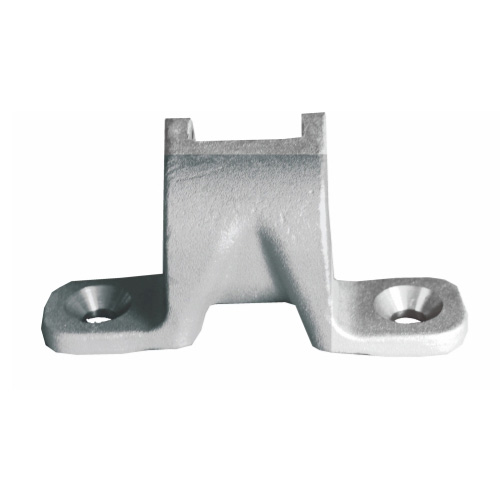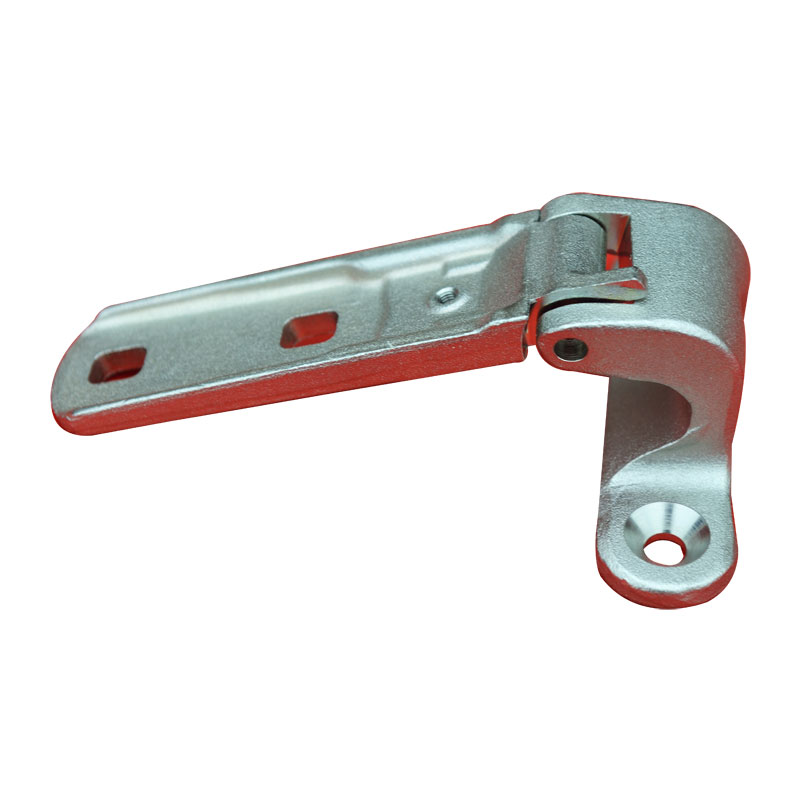How to prevent forging crack?
2022-05-30
The characteristics of internal stress distribution in forging when transverse cracks are formed are as follows: compressive stress on the surface, stress changes dramatically at a certain distance from the surface, from compressive stress to great tensile stress. Cracks occur within the region of tensile stress peaks and then spread to the surface of the forgings as the internal stress is redistributed or the brittleness of the steel increases further. Transverse cracks are characterized by a direction perpendicular to the axis. Such cracks tend to occur in unhardened forgings because the transition zone between hardened and unhardened has a large stress peak and the axial stress is greater than the tangential stress.
Forgings can not all quench, and often exist in the more serious metallurgical defects (such as: bubble, inclusion, forging crack, segregation, white point, etc.), under the action of heat treatment stress, with these defects as the starting point of the crack, slow expansion until finally suddenly fracture. In addition, in the cross section of the roll, there is often no obvious fracture starting point on the fracture surface, which is like a knife cut. This is the characteristic of fracture caused by brittle materials under the action of thermal stress.
For forgings, making center holes and cooling the surface and center together can make the peak tensile stress move to the middle layer, the value can also be greatly reduced, so this is one of the effective ways to prevent cross-cutting. However, the metallurgical defects are often exposed to the surface of the central hole, which also has its disadvantages.
In order to prevent the forging crack, some countermeasures should be taken. Raw materials should be inspected according to standards, and the content of harmful elements should be strictly controlled. When some harmful elements (such as boron) are too much, the forging heating temperature can be appropriately lowered.
Only after peeling or grinding wheel cleaning, can the forging be heated. When heating, the furnace temperature and heating rate should be controlled. Excessive sulfur content in fuel should be avoided when heating in flame furnace. At the same time, it should not be heated in a strong oxidizing medium, so as not to diffuse oxygen into the forgings, so that the plasticity of the forgings decreases.
Forgings can not all quench, and often exist in the more serious metallurgical defects (such as: bubble, inclusion, forging crack, segregation, white point, etc.), under the action of heat treatment stress, with these defects as the starting point of the crack, slow expansion until finally suddenly fracture. In addition, in the cross section of the roll, there is often no obvious fracture starting point on the fracture surface, which is like a knife cut. This is the characteristic of fracture caused by brittle materials under the action of thermal stress.
For forgings, making center holes and cooling the surface and center together can make the peak tensile stress move to the middle layer, the value can also be greatly reduced, so this is one of the effective ways to prevent cross-cutting. However, the metallurgical defects are often exposed to the surface of the central hole, which also has its disadvantages.
In order to prevent the forging crack, some countermeasures should be taken. Raw materials should be inspected according to standards, and the content of harmful elements should be strictly controlled. When some harmful elements (such as boron) are too much, the forging heating temperature can be appropriately lowered.
Only after peeling or grinding wheel cleaning, can the forging be heated. When heating, the furnace temperature and heating rate should be controlled. Excessive sulfur content in fuel should be avoided when heating in flame furnace. At the same time, it should not be heated in a strong oxidizing medium, so as not to diffuse oxygen into the forgings, so that the plasticity of the forgings decreases.
Care should be taken to control heating and deformation temperatures. When drawing, it should be gently struck at the beginning, and then increase the deformation amount after the tissue is properly broken and the plasticity is improved. The total deformation of each fire should be controlled in the range of 30%-70%, should not be in one place, should use spiral forging method, and should be sent from the big head to the tail. For forgings and intermediate billets with low plasticity, plastic pad and upsetting can be used. The dies should be preheated and well lubricated during forging and die forging.


Previous:Common defects in forging process
X
We use cookies to offer you a better browsing experience, analyze site traffic and personalize content. By using this site, you agree to our use of cookies.
Privacy Policy



